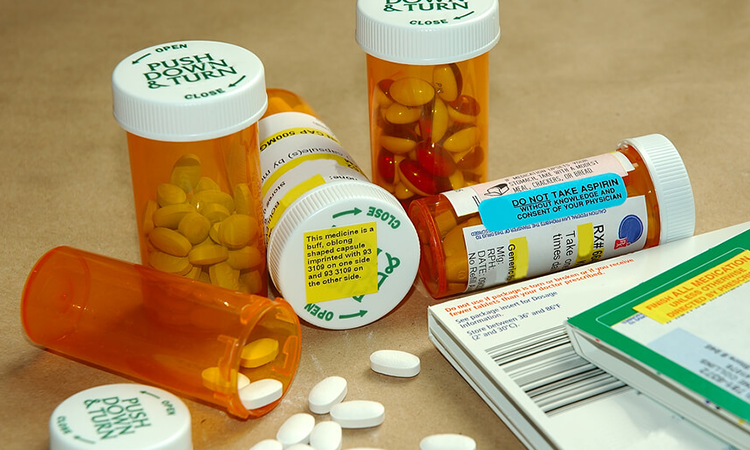
Teen Prescription Drug Abuse: Prescription drug abuse has become a growing problem among teens, according to a post on the blog Kids’ Health. According to a survey conducted in 2012, roughly 24 percent of teens who were surveyed admitted to taking a prescription drug without a doctor’s prescription.
Why do teens abuse prescription drugs?
Many adults become addicted to prescription painkillers that have been prescribed by a doctor, say for a back injury. Teens abuse prescription drugs for the same reason that they become involved in street drug abuse. Curiosity, tolerance for risk taking, and an undeveloped capacity to think things through when making bad decisions will cause teens to sneak a couple of Mom’s Vicodin or their brother’s ADHD medicine (which sometimes has an appetite suppression effect). They perceive that prescription drugs are “safer” than street drugs such as heroin or cocaine, since they are available with a doctor’s prescription.
What are the sorts of prescription drugs that are commonly abused?
The prescription drugs that are commonly abused are opioids, which are used to treat pain, central nervous system depressants, used to treat anxiety, sleep disorders, and similar conditions, and stimulants used to treat narcolepsy and ADHD. Some over-the-counter medicines, such as dextromethorphan, (DXM) which is found in cough medicine, are also abused in high doses.
The dangers of taking prescription drugs
The fact that teen prescription drug abuse with prescription drugs sometimes do not realize is that they are considered safe only when taken under a doctor’s direction. They are prescribed for certain conditions such as chronic pain or psychological problems. A doctor will instruct the patient on how to take the drug, what dosage, and what not to take with it (like alcohol).
Another fact that teens who abuse prescription drugs do not realize is that taking such medication without a doctor’s prescription or sharing some with their friends is as illegal as abusing common street drugs.

Taking prescription drugs for purposes they were not intended for can be extremely dangerous.
Opioids can lead to “vomiting, mood changes, decrease in ability to think (cognitive function), and even decreased respiratory function, coma, or death.” They are also highly addictive, which is why stolen Vicodin and OxyContin are sold as street drugs.
Central nervous system depressants can cause seizures if a drug abuser stops taking them too quickly.
Stimulants can cause heart failure and seizures.
It goes without saying that every prescription drug has the potential for harmful interactions when taken with other drugs.
Increased suicide risks
Medscape recently reported that teens who regularly abuse prescription drugs do so at the increased risk of suicide, according to a study conducted by West Virginia University School of Public Health. Compared to teens who do not abuse prescription drugs, those that do report increased instances of sadness, hopelessness, and depression. They were more likely to report considering and even planning to commit suicide.
Increased sexual risk taking
A study conducted by the U.S. Centers for Disease Control and Prevention, reported by Health Day, concluded that teens who abuse prescription painkillers are more likely to engage in risky sexual behavior. This kind of behavior includes having frequent sex with multiple partners, not using a condom to protect against a sexually-transmitted disease, not using birth control, and using alcohol or drugs before sex.
Conclusion
The abuse of prescription drugs is as serious as the abuse of street drugs, given the danger it poses to one’s physical and psychological well being. If you suspect that your child is abusing prescription drugs, seek help immediately from a health care professional. With treatment in a rehab setting, your teenage child can be brought back from addiction.
READ THIS NEXT : Health Risks of Combining Ritalin and Alcohol